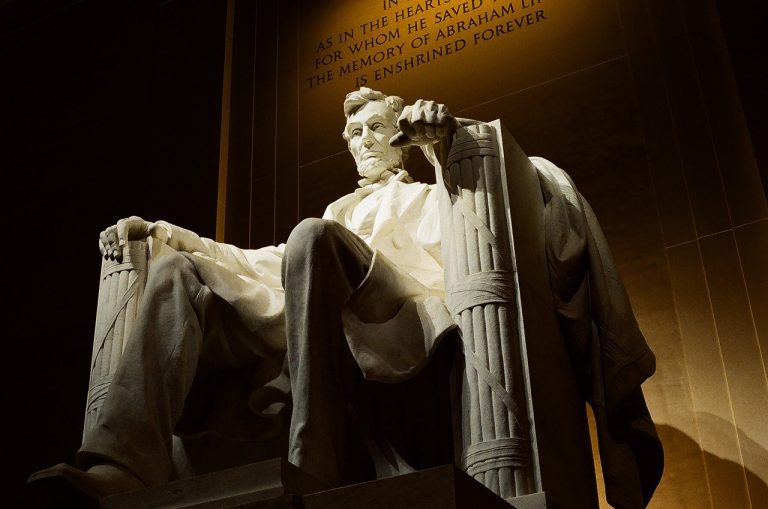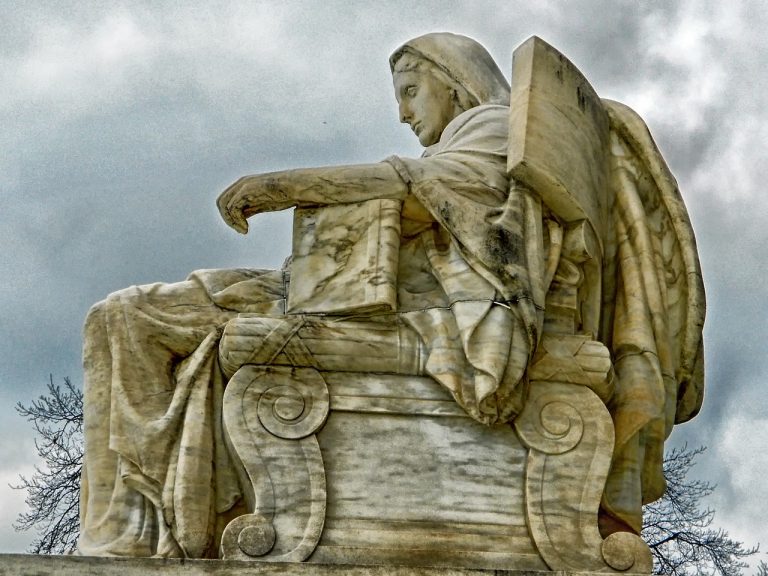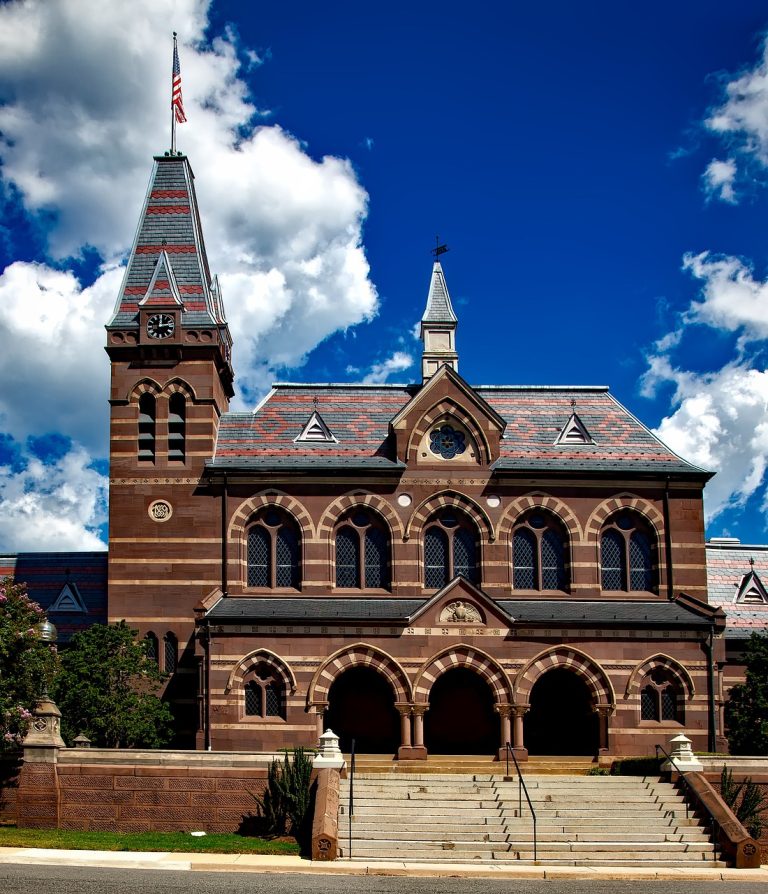Washington D.C. Video
Public Transportation in Washington D.C.: A Complete Guide
Washington D.C., the capital of the United States, is known for its efficient and extensive public transportation system. Whether you’re a resident or a visitor, navigating the city using public transportation is a convenient and eco-friendly option. This guide will provide you with all the information you need to know about public transportation in Washington D.C.
Metro Rail System
The Metro Rail System is the backbone of public transportation in Washington D.C. It consists of six lines: Red, Blue, Orange, Silver, Yellow, and Green. The Metro Rail System covers a vast network of stations that connect the city and its suburbs. Each line has its own color designation, making it easy to navigate.
- The Red Line runs from Shady Grove to Glenmont, passing through downtown D.C.
- The Blue Line connects Franconia-Springfield to Largo Town Center, passing through downtown D.C.
- The Orange Line runs from Vienna to New Carrollton, passing through downtown D.C.
- The Silver Line connects Wiehle-Reston East to Largo Town Center, passing through downtown D.C.
- The Yellow Line runs from Huntington to Fort Totten, passing through downtown D.C.
- The Green Line connects Branch Avenue to Greenbelt, passing through downtown D.C.
The Metro Rail System operates from 5 am to midnight on weekdays and from 8 am to midnight on weekends. Trains arrive at stations every few minutes during peak hours and every 10-15 minutes during off-peak hours. Metro farecards can be purchased at station kiosks and can be reloaded with additional value as needed.
Bus System
In addition to the Metro Rail System, Washington D.C. also has an extensive bus network operated by the Washington Metropolitan Area Transit Authority (WMATA). The bus system covers the entire city and its surrounding areas, providing a convenient way to reach destinations not served by the Metro Rail System.
- The Metrobus operates various routes throughout the city, including express routes for faster travel.
- The Circulator buses are a popular option for tourists and locals alike, with routes connecting major attractions and neighborhoods.
- The DC Circulator is a reliable and affordable bus service that operates within specific neighborhoods, such as Georgetown, Dupont Circle, and Capitol Hill.
Bus fares can be paid with a SmarTrip card or exact change in cash. The SmarTrip card is a reusable card that can be loaded with value and used on both buses and the Metro Rail System.
Bikeshare
For those who prefer a more active mode of transportation, Washington D.C. offers a bikeshare program. Capital Bikeshare has stations located throughout the city where users can rent a bike for a short period of time. This is a great option for shorter trips or exploring the city at a leisurely pace.
- Capital Bikeshare has over 500 stations and more than 4,300 bikes available for rent.
- Users can purchase a daily, monthly, or annual membership to access the bikes.
- Bikes can be rented and returned at any station, making it convenient for one-way trips.
Taxis and Rideshares
For a more private and direct mode of transportation, taxis and rideshares are readily available in Washington D.C. Popular rideshare services such as Uber and Lyft operate within the city, providing a convenient and reliable option for getting around.
- Uber and Lyft offer both shared and private rides, allowing passengers to choose the level of comfort and affordability they desire.
- Taxis can be hailed on the street or found at designated taxi stands throughout the city.
- It’s important to note that rideshare and taxi fares may vary depending on factors such as distance, time of day, and demand.
Accessibility
Washington D.C. is committed to providing accessible transportation options for individuals with disabilities. The Metro Rail System and buses are equipped with features to accommodate passengers with mobility challenges.
- All Metro Rail stations are equipped with elevators, ramps, and tactile paving for visually impaired individuals.
- Buses are equipped with ramps or lifts to allow for easy boarding and exiting.
- The MetroAccess service provides paratransit services for individuals who are unable to use the regular bus or rail system.
Fares and Payment
To use the Metro Rail System, bus services, or bikeshare, passengers need to pay the appropriate fare. The fares for each mode of transportation may vary, but they can all be conveniently paid using a SmarTrip card.
- The SmarTrip card is a reusable card that can be loaded with value and used to pay for fares on the Metro Rail System, buses, and bikeshare.
- SmarTrip cards can be purchased online, at Metro station kiosks, or at select retail locations.
- Passengers can also use cash to pay for bus fares, but exact change is required.
Conclusion
Public transportation in Washington D.C. offers a comprehensive and efficient way to navigate the city and its surrounding areas. With the Metro Rail System, bus services, bikeshare, taxis, and rideshares, there are plenty of options to suit every traveler’s needs. Whether you’re a resident or a visitor, using public transportation is not only convenient but also helps reduce traffic congestion and carbon emissions.
References
– Washington Metropolitan Area Transit Authority (WMATA): www.wmata.com
– Capital Bikeshare: www.capitalbikeshare.com
– Uber: www.uber.com
– Lyft: www.lyft.com







